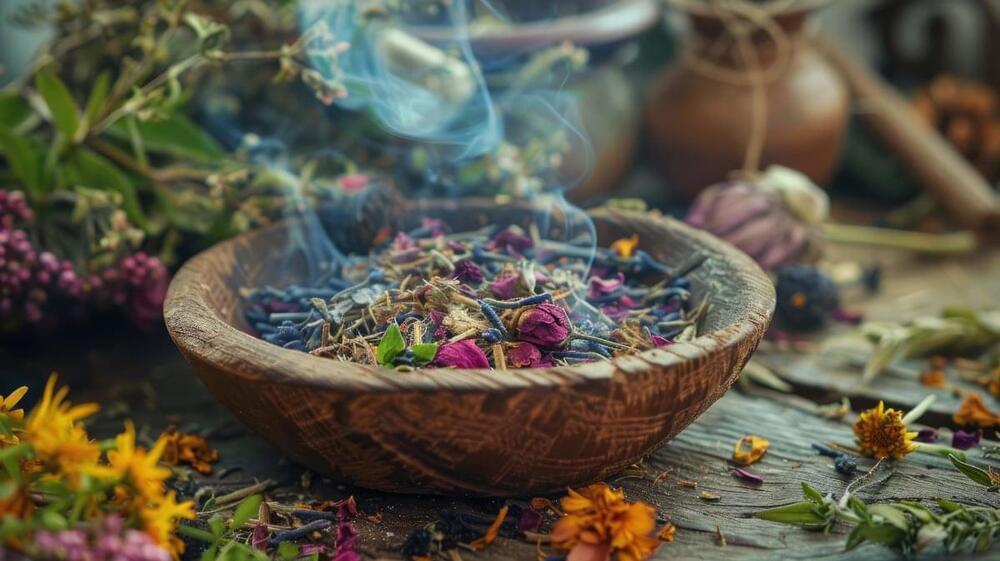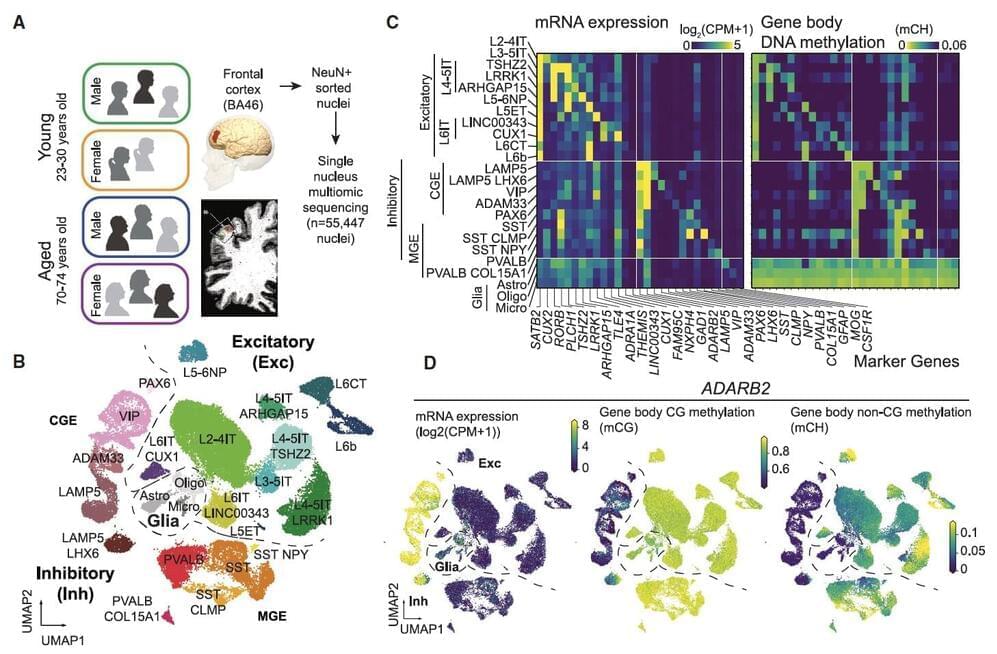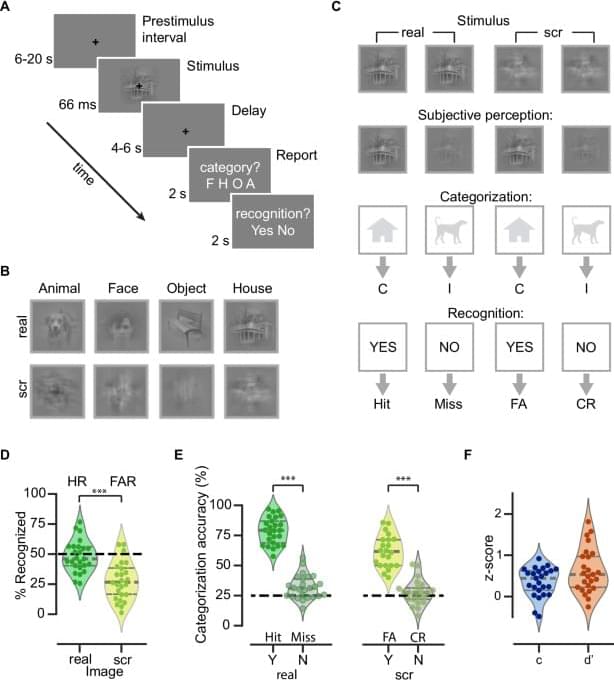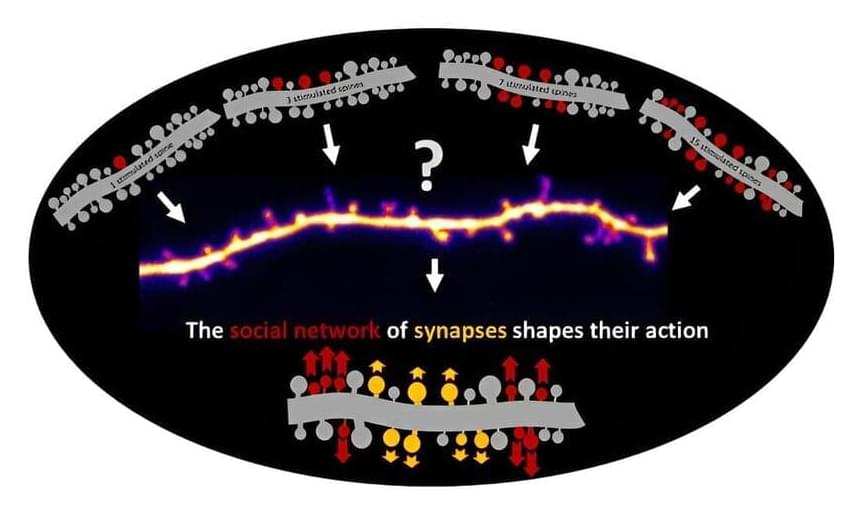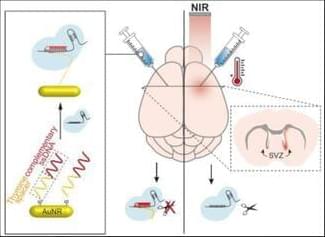, while an interesting thought experiment, does not seem to account for the fact that many phenomena are materialistic or physical enough to have no resemblance with the qualities we typically attribute to consciousness, such as experience and motive.
Panprotopsychism, by contrast, does not require matter to be intrinsically conscious, only that it be comprised of features equaling consciousness when combined.
If certain kinds of quantum entanglement between particles such as electrons, more aptly described as wavicles, have superposed properties with likeness to the visible light spectrum when arranged amongst molecules and additional corpuscles, mechanisms of superposition may be the basic material unit of qualitative experience. These qualia, as fragments of psychical imagery and feeling, may flit in and out of existence rapidly within the most inorganic conditions, so that components of perception exist on a fundamental level while commonly not giving rise to experience and motive. But when these superpositions are held in prolonged orientations amongst brain matter and in nature generally, consciousness of carbon-based, human and alternative richness can emerge.
